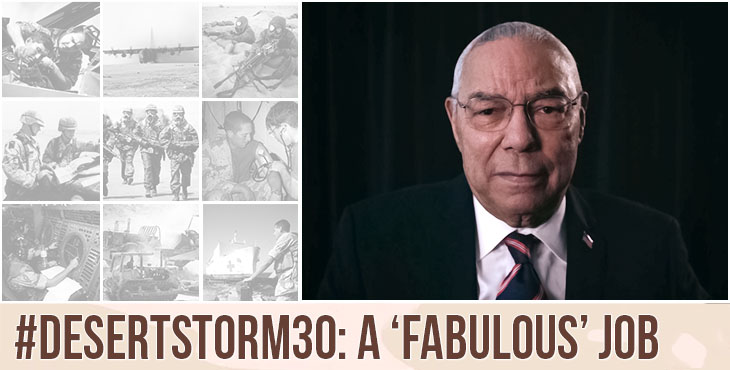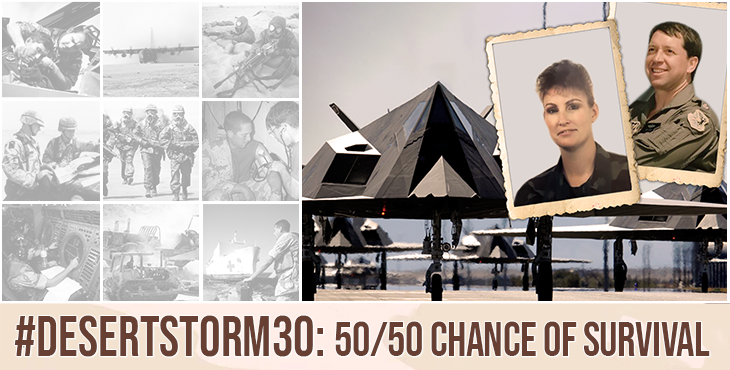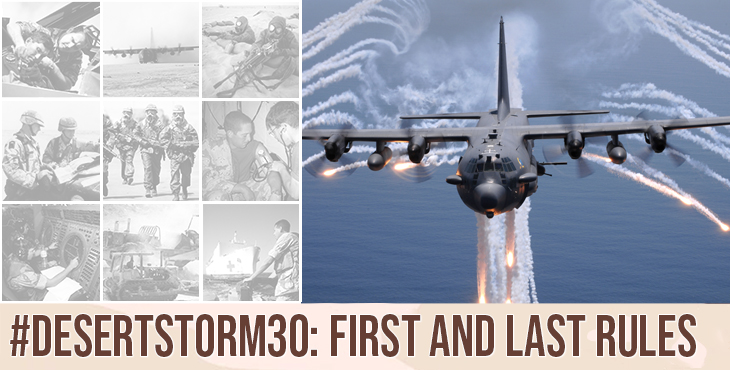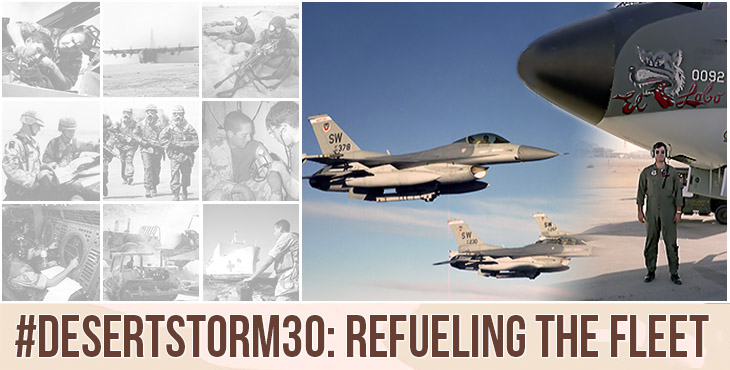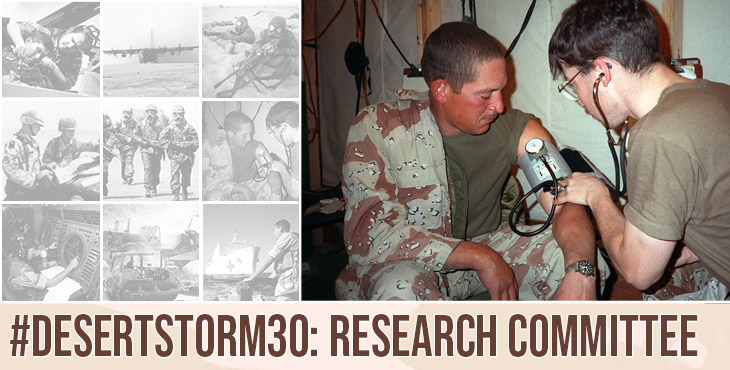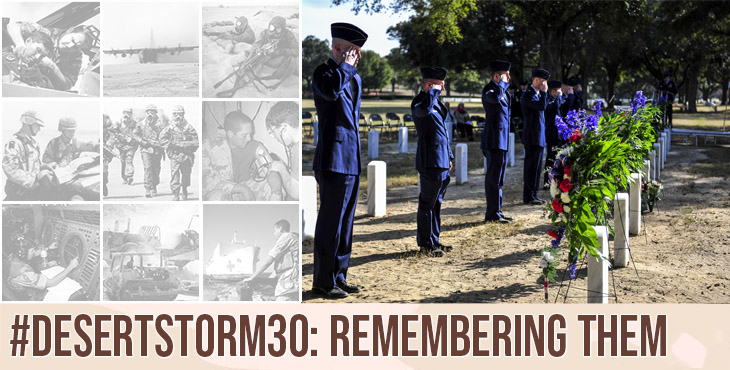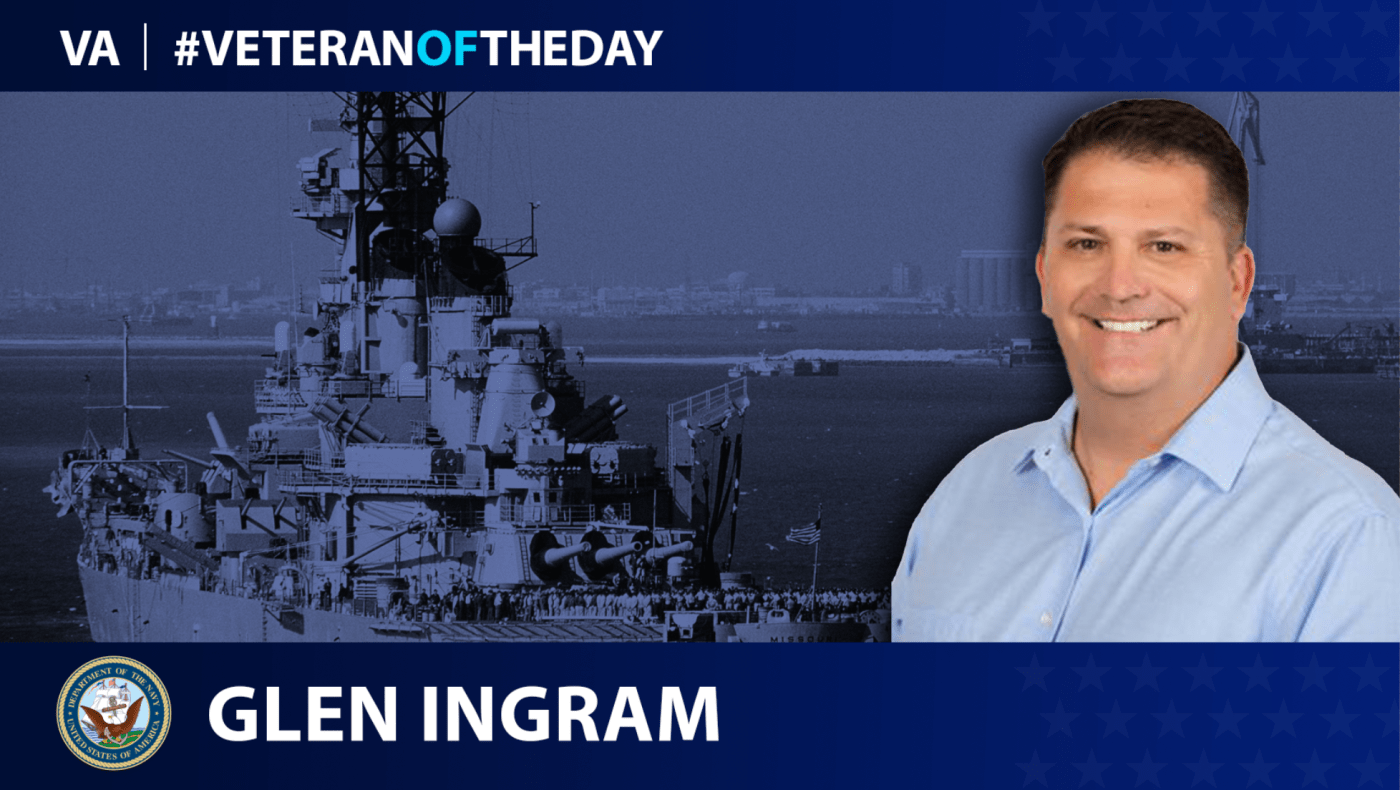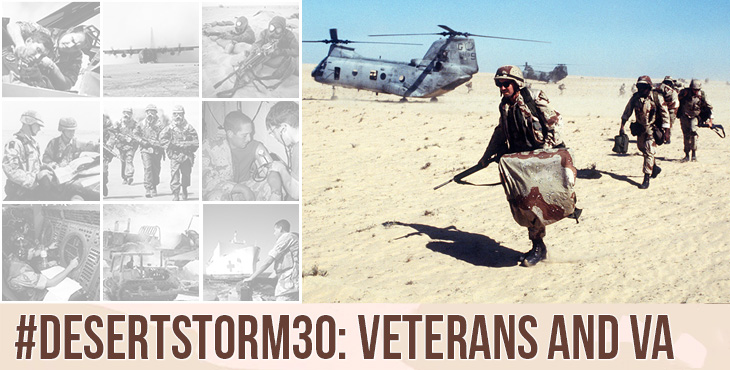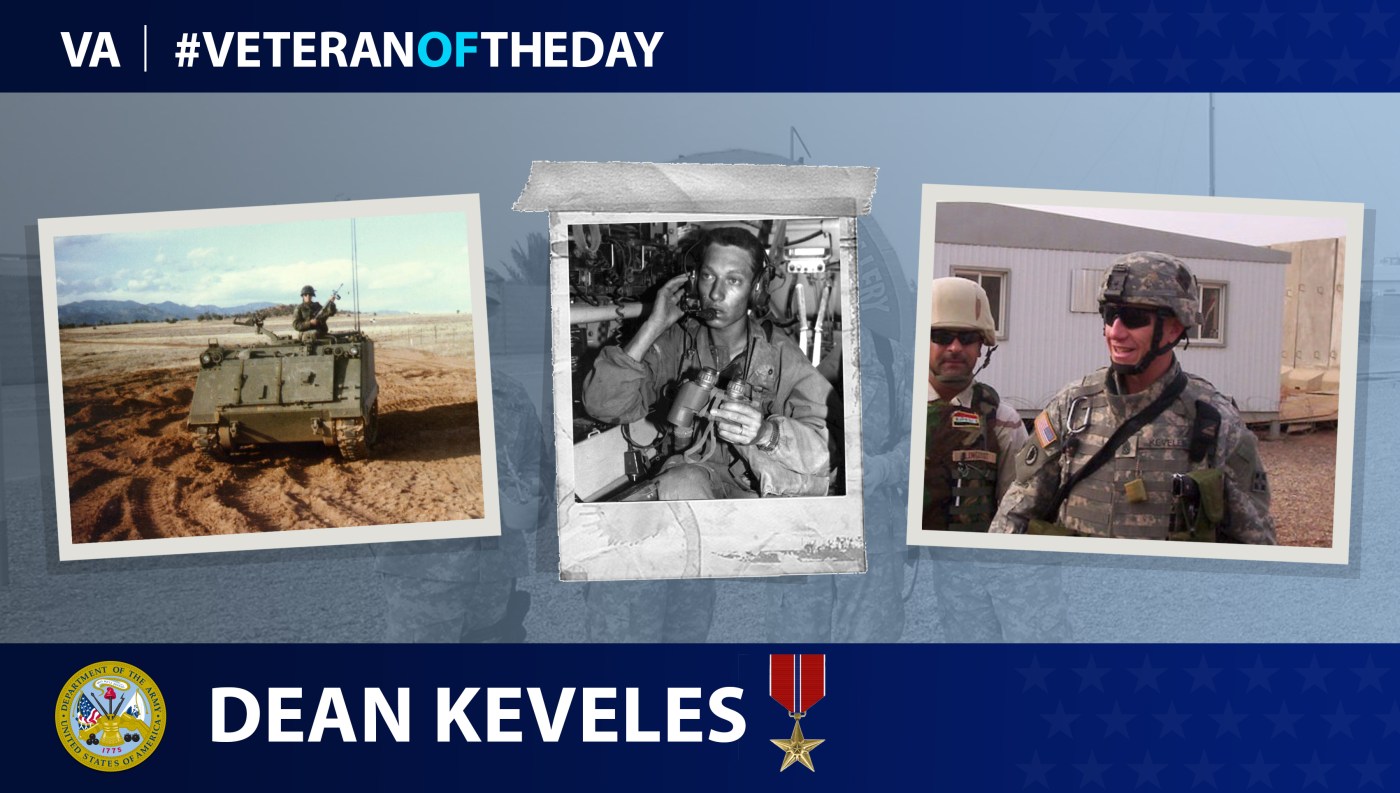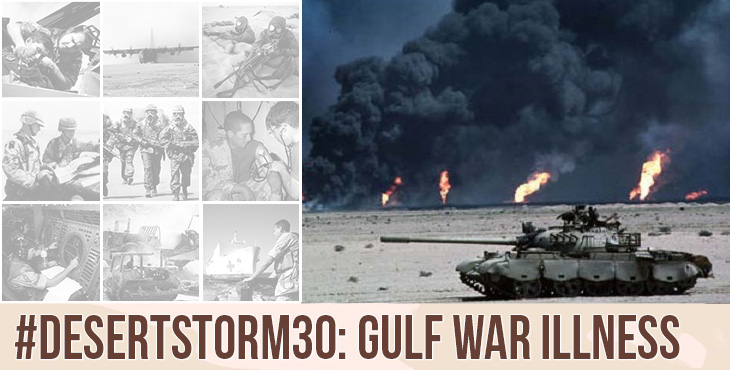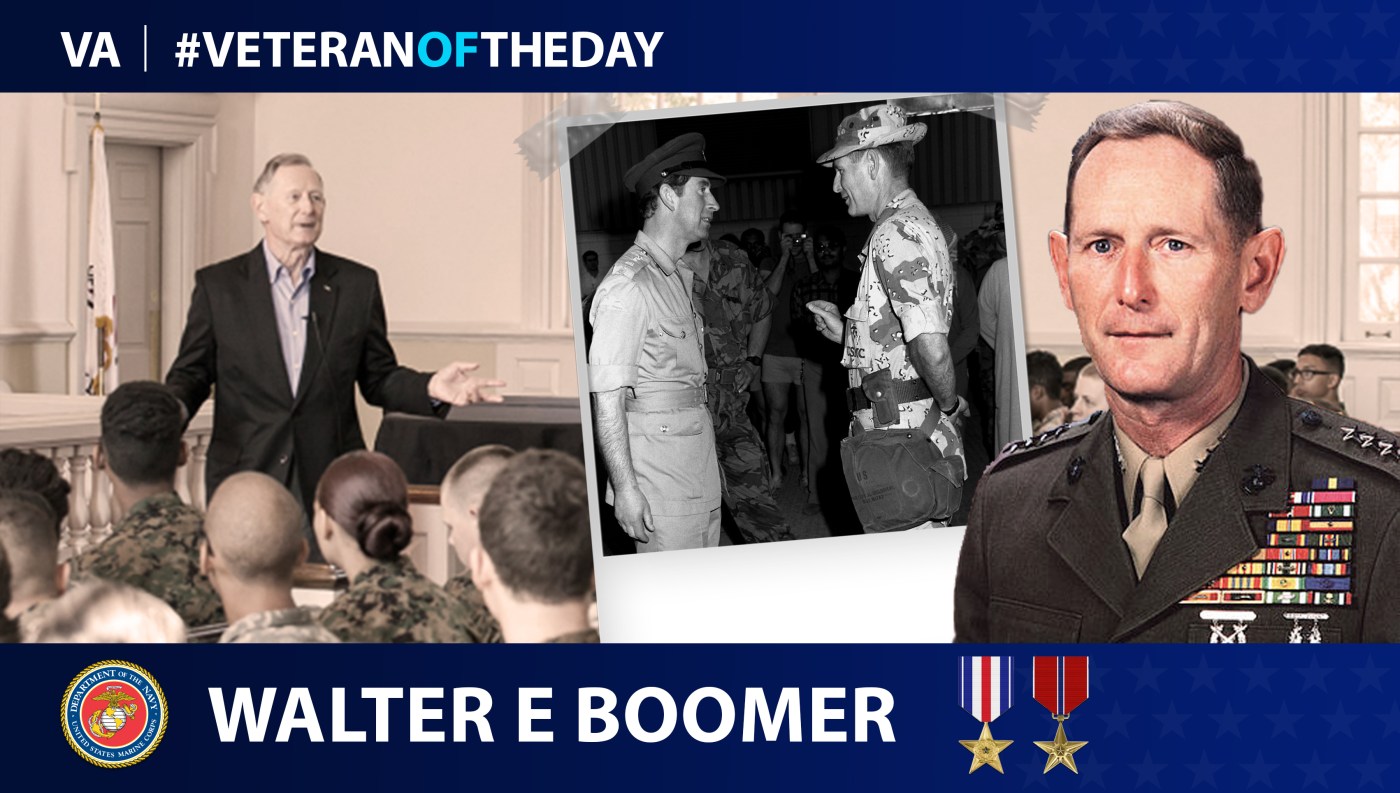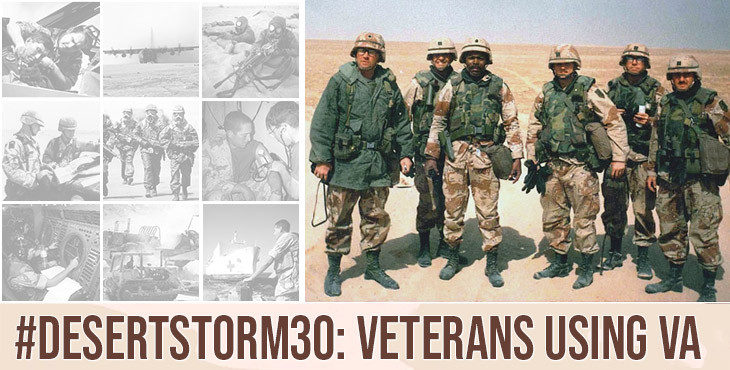During Desert Storm, there were many faces of the war. […]
When Air Force Veteran Greg Feest took off in his F-117 Jan. 16, 1991, there was a 50/50 chance he wasn’t coming back. Iraq was one of the most heavily defended airspaces in history. According to the Gulf War Air Power Survey, there were 972 anti-aircraft artillery sites, 2,404 guns and 6,100 mobile guns. There were also surface-to-air missiles: 6,500 SA-7s, 400 SA-9s, 192 SA-13s, and 288 SA-14s. Pilots spent months planning operations, developing routes and making target lists during Operation Desert Shield. During that planning, the numbers were grim. For the 12 F-117s that left Jan. 16, commanders said six might not return. Most spouses didn’t know when the Desert Storm air war started and watched the TV coverage from the U.S. Bridget McGovern, Feest’s wife and also an Air Force Veteran, knew hours before. She watched from a command center at their base in Saudi Arabia.
On their second mission during Operation Desert Storm, the crew of an AC-130H gunship, call sign Ghost 02, flew a mission that none of them should have lived to tell. Flying into Iraqi airspace, the 14 men aboard destroyed a command and control center, then evaded three surface-to-air missiles through death-defying maneuvers in the lumbering, four-propeller aircraft. The crew’s actions followed their aircraft commander’s first and last rule: all 14 men come home alive.
In 1990 the newest aircraft in the Air Force’s fleet of KC-135 air refueling tankers was already 25 years old. The venerable airframe based on the Boeing 707 airliner and its crews were being asked to do something few of them had been trained to do – take part in a conventional war.
Desert Shield and Desert Storm Veterans who want to comment on their health concerns or ask about Gulf War Research can do so through the Research Advisory Committee on Gulf War Veterans’ Illnesses.
As we reflect back on Desert Storm and all those who served 30 years ago, let us take a moment to pause and remember the fallen. Below are names of 32 service members who were killed in action and buried in VA's national cemeteries. People can visit their virtual memorial by clicking on their name.
Today’s #VeteranOfTheDay is Navy Veteran Glen Ingram, who served as a logistics specialist during Operation Desert Storm.
Desert Storm was a short war, but Veterans from that era still have many different avenues and programs to connect with VA.
Today’s #VeteranOfTheDay is Army Veteran Dean J. Keveles, who served in Operations Desert Storm, Iraqi Freedom and Enduring Freedom.
Nearly 700,000 men and women served in the Persian Gulf during Operation Desert Shield and Operation Desert Storm in the early 1990s. Now, three decades later, as many as a third of that population are affected by a cluster of medically unexplained chronic symptoms that have plagued them following their return from deployment. The symptoms can include fatigue, headaches, joint pain, indigestion, bowel discomfort, insomnia, dizziness, respiratory disorders, skin problems, and memory impairment. VA clinicians and researchers often call this condition "Gulf War illness” in the medical literature.
Today’s #VeteranOfTheDay is Marine Corps Veteran Walter Boomer, who served as a commanding general during Operations Desert Shield and Desert Storm.
During Operations Desert Shield and Desert Storm, over 695,000 service members deployed, while 2.2 million were in service during the war. As of 2019, there were nearly 5 million living Veterans, of whom 2.7 million served exclusively during the Pre-9/11 time period. Here's how the access VA.

